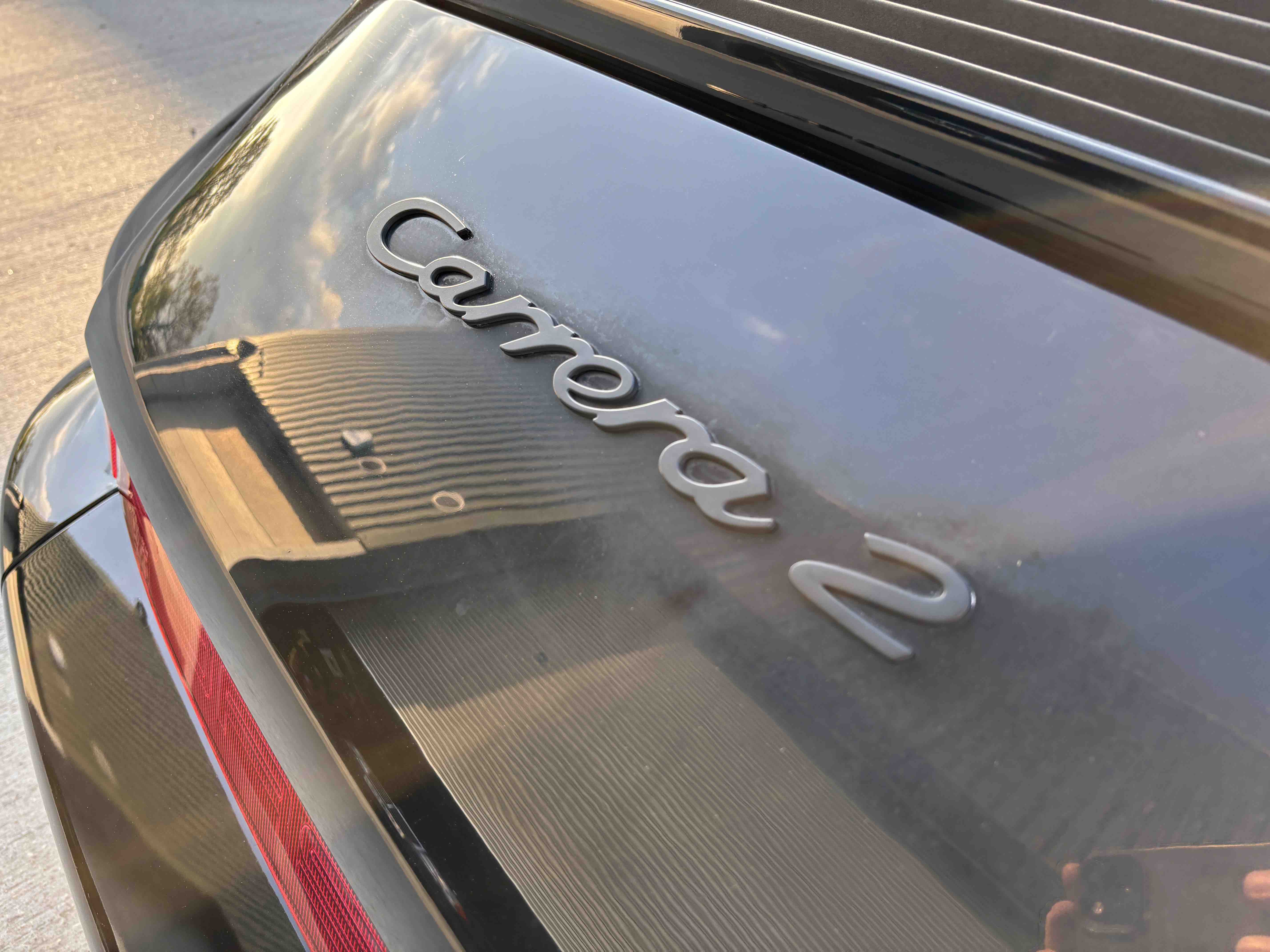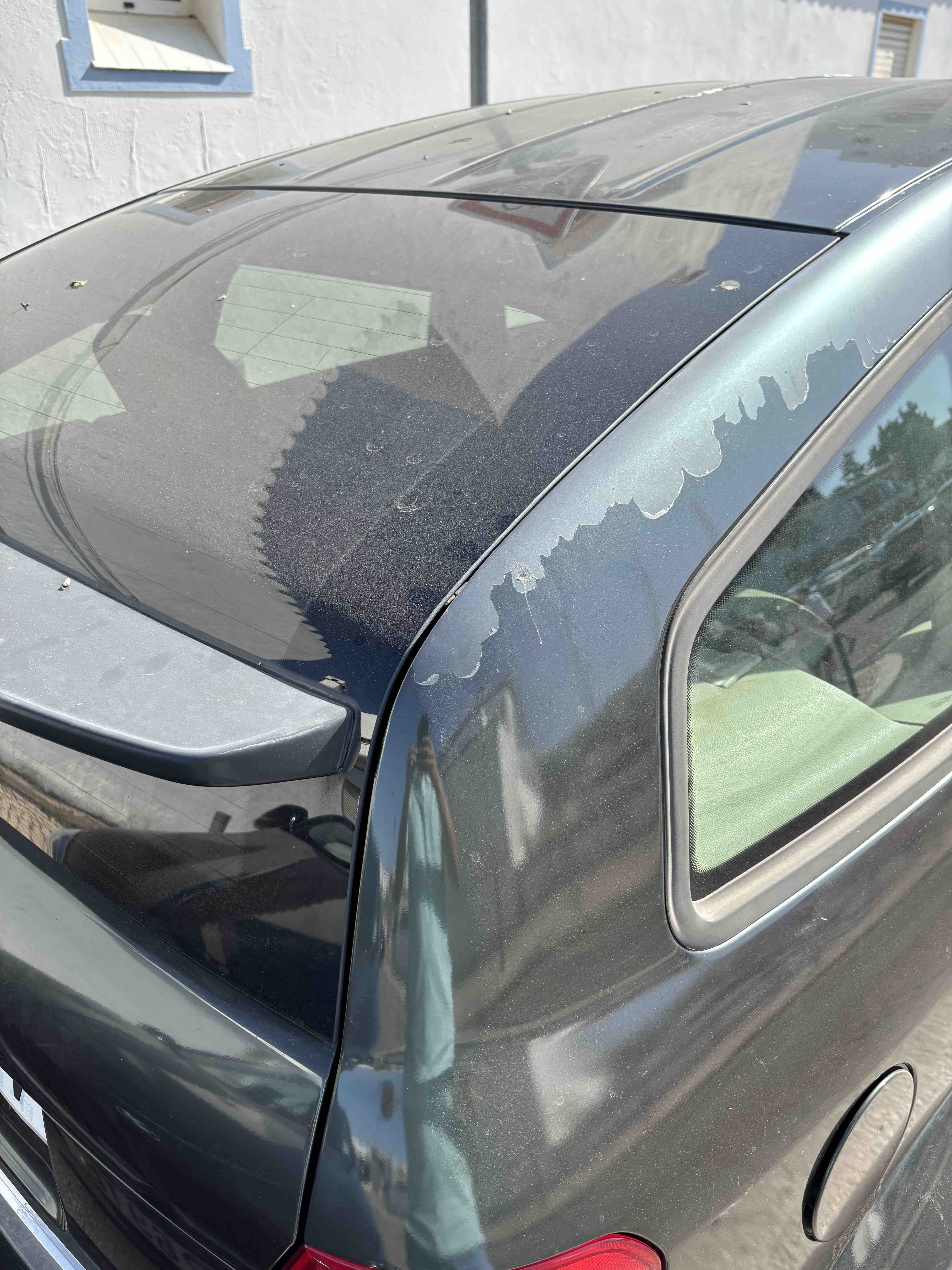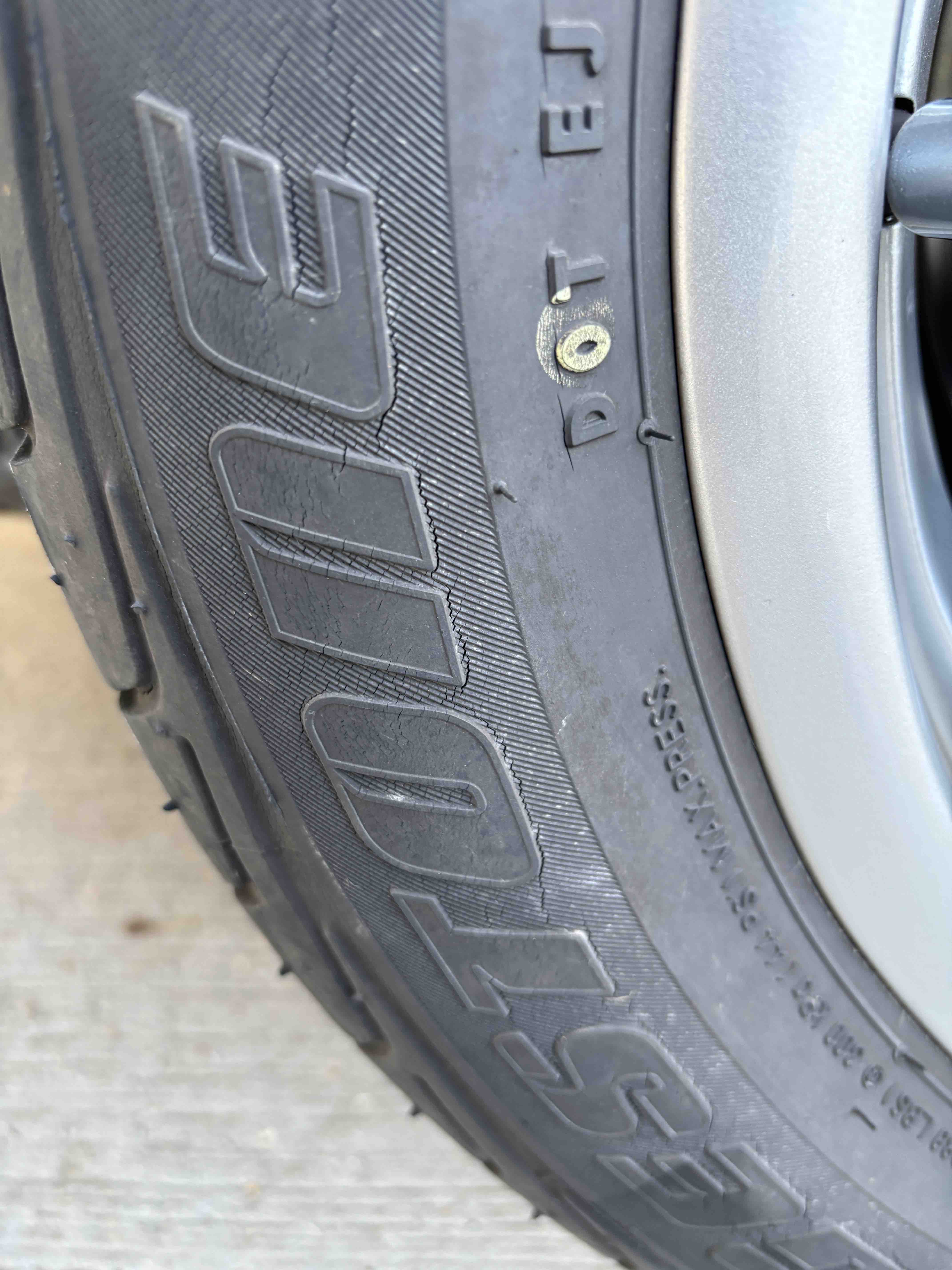Car maintenance
Not everybody loves the sunshine: how to protect your car from damaging sunlight
.jpg)
If you love your car almost as much as if it were one of your children, you probably dedicate more time than you’d care to admit pampering it. Whether washing away the week’s grime, taking it along to local car shows, enjoying the thrill of trackdays, or touring the country’s most scenic roads, it likely enjoys a lot of your time and earns a fair amount of your affection.
But no matter how much you cherish your car, if it spends most of its time parked outside, there’s a constant, invisible threat that can do considerably more harm than good – sunlight.
In fact, it’s most likely when you’re admiring the sparkle of the paintwork and dust-free finish of the wheels that the most damage is being done. Our cars may look radiant on a bright sunny day, but contrary to what Roy Ayers sung, not everybody loves the sunshine.
In the UK, we tend to think of sun damage as a problem for those living in Spain or California, not Surrey or Staffordshire. But the science and climate data tell a different story. We’re getting hotter summers, longer spells of sunshine, and more extreme temperatures – and all of that is bad news for your car’s bodywork, tyres and trim.
The UK is getting hotter
The Met Office reports that the UK’s 10 warmest years on record have all occurred since 2002. Average summer temperatures are climbing, and the sunshine hours are increasing. The summer of 2022 was the UK’s hottest on record, with the first ever 40°C temperature recorded in Lincolnshire. While we might celebrate this when planning a barbecue and cracking open a cold beer or two, it’s a little less welcome when thinking about how that heat is affecting your car.
The hidden dangers of sunlight
Sunlight isn’t just “making things a bit warm” – it’s a complex mix of energy that breaks down the very materials your car is made from. Three main factors are at work: ultraviolet (UV) radiation, infrared (IR) heat, and atmospheric ozone. Let’s find out more…
1. Ultraviolet Radiation – the colour thief

UV-A and UV-B rays are energetic enough to break chemical bonds in paint pigments and the polymer binders of the clear coat. Known as photodegradation, this process oxidises the surface, turning deep gloss into a chalky, faded layer. If you’ve travelled abroad and seen relatively young cars stripped of their paintwork, this is photodegredation at work.
Even with modern UV-resistant clear coats, the effect is only slowed, not stopped. Plastics suffer similarly: UV breaks apart their long-chain molecules, causing fading, brittleness, and cracking.
2. Infrared heat – the silent stressor
The infrared portion of sunlight is what you feel as heat. And so does your car. On a summer’s day, a dark-coloured bonnet can reach 60–80°C in the UK; in hotter climates, over 100°C. Repeated heating and cooling causes panels to expand and contract, creating micro-fractures in the paint and clear coat. On plastics, prolonged heating can warp trim pieces or dashboards, permanently distorting their shape. Car enthusiasts know about Porsche 944s and E30 BMW 3-Series (amongst others) suffering from cracked dashboards; infrared heat is the culprit.
3. Ozone and atmospheric pollutants – the rubber destroyers

UV light triggers the formation of ground-level ozone, which reacts aggressively with rubber. This leads to ozone cracking – tiny fissures in tyres, weather seals and wiper blades. These cracks grow with time, reducing flexibility, sealing ability, and ultimately safety. Our family owns a BMW i3 that’s less than four years old, and its original Bridgestone Ecopia tyres are suffering from this very problem, potentially resulting in an MOT failure and a grumpy owner faced with the cost of prematurely replacing relatively young tyres with plenty of tread remaining.
4. The photothermal one-two punch
The worst damage comes when the forces described above combine. UV weakens the surface chemistry, heat accelerates the breakdown, and environmental contaminants like bird droppings, sap or salt act as catalysts. Left unchecked, your car’s condition can deteriorate far faster than you might expect.
How to protect a car from the sun without a garage
Not everyone has the luxury of secure indoor storage. If your car has to live outside, the following measures can significantly slow the sun’s assault.
1. Car covers – a double-edged sword
While they seem an obvious solution, outdoor car covers can cause as many problems as they solve. As detailed in this blog post, even the best premium car cover can move in the wind, scuffing paint, and trap moisture against the bodywork, leading to micro-blistering. In wet weather, they can remain damp for days, creating a perfect environment for corrosion. If you really must use one, invest in a high-quality, breathable, weather-specific cover and ensure your car is clean before fitting it. But don't say you haven't been warned of the pitfalls…
2. Regular washing – in the shade, with the right method
Washing your car removes contaminants that accelerate UV and heat damage. Always wash in the shade, ideally in the cooler parts of the day, to prevent water spots and soap residue. Use a pressure washer to remove loose dirt, followed by a snow-foam pre-wash to loosen grime and dedicated wheel cleaner, before rinsing. Then wash with a pH-neutral car shampoo using the three-bucket method (one for soapy water and one for rinsing the mitt; a third for the wheels) to minimise scratching.
Drying is where most swirl marks occur, so consider using a dedicated car blower (at Racing GreenCar Storage we use a Big Boi BlowR) to achieve contactless drying. If you must use a towel, opt for a large, plush microfibre towel and lay it out and pat it down, rather than drag it over the paint.
3. Polish and wax – sacrificial protection

Polish removes oxidation and restores gloss, but it also removes a small layer of clear coat, so it should be done sparingly. Wax, however, is your best friend for UV defence. A good quality carnauba or synthetic wax forms a sacrificial barrier that takes the brunt of UV and environmental damage. For the optimum care, apply every couple of months for daily-driven cars kept outdoors.
4. Ceramic coatings – modern armour
Ceramic coatings offer far longer-lasting protection than wax, typically two to five years depending on quality and maintenance. They chemically bond to the clear coat, creating a hydrophobic, UV-resistant layer that resists dirt, bird droppings, and sap. While professional application yields the best results, high-quality DIY kits are available – though they require meticulous preparation and patience.
5. Paint Protection Film (PPF)
For the ultimate shield, PPF is a clear polyurethane film applied over the paint. It’s self-healing, meaning light scratches disappear with heat, and it blocks almost all UV from reaching the paint. PPF is expensive and generally applied to high-impact areas such as bonnets, bumpers and mirrors, but for valuable or cherished cars, it can be worth every penny.
6. Plastics – clean, nourish, and shield
Exterior plastics fade and chalk when their surface polymers break down. Specially formulated cleaners and protectants (often silicone- or graphene-based) can restore their colour and add a UV-blocking layer. Apply every couple of months, especially on trim facing upwards, which gets the most sun. Interior plastics should also be protected; dashboard protectants can prevent warping and cracking in high heat.
7. Tyres and rubber seals – the forgotten victims

Tyres and seals suffer from both UV and ozone degradation. Regularly clean them to remove dirt that traps heat, and apply a dedicated rubber conditioner to slow the loss of flexibility. Avoid petroleum-based products, which can accelerate cracking.
Sunlight is both life-giving and destructive. For your car, it’s a relentless force that fades paint, cracks plastics, and perishes rubber. But with a little science-backed care – from proper washing to UV-blocking coatings – you can keep your pride and joy looking sharp for years.
And finally, if all this sounds like more effort than you have time for, you could always entrust the car you love to a specialist car storage provider like Racing Green. We’ll keep it safe, climate-controlled, and far from the sun’s reach – so you can enjoy driving it, not worrying about it.
If you would like to know more about Racing Green’s services, or arrange for your car to be placed in our care, please speak with a member of the team, on 03330 909722, or email us at enquiries@racinggreencarstorage.co.uk

Subscribe
Sign up to our newsletter to get all the latest news, events and more from the Racing Green team.
By filling out this form, you agree to the terms laid out in our privacy policy






Let's start a conversation...
Please note: Your comments will need to be approved before they are shared with our community. Have fun. Don't be rude or mean. Feel free to criticise ideas, not people. Bad behaviour will not be tolerated.
Lorem ipsum dolor sit amet, consectetur adipiscing elit. Suspendisse varius enim in eros elementum tristique. Duis cursus, mi quis viverra ornare, eros dolor interdum nulla, ut commodo diam libero vitae erat. Aenean faucibus nibh et justo cursus id rutrum lorem imperdiet. Nunc ut sem vitae risus tristique posuere. uis cursus, mi quis viverra ornare, eros dolor interdum nulla, ut commodo diam libero vitae erat. Aenean faucibus nibh et justo cursus id rutrum lorem imperdiet. Nunc ut sem vitae risus tristique posuere.
Delete